- 全部删除
 您的购物车当前为空
您的购物车当前为空
Violacein
一键复制产品信息Violacein is a bacterial metabolite originally isolated from C. violaceum that has antibacterial and antiprotozoal activities.[1] [2] It is produced by C. violaceum as a purple pigment in response to N-hexanoyl homoserine lactone , a property that has been modified to create a strain of C. violaceum used in detecting quorum-sensing molecules.[3] Violacein is active against Gram-positive bacteria, including B. subtilis and S. aureus (MICs = 0.8 and 1.6 µM, respectively). It is also active against P. falciparum, including chloroquine-susceptible and -resistant strains (IC50s = 0.85 and 0.63 µM, respectively).[2] It reduces parasitemia in a mouse model of nonlethal P. chabaudi chabaudi infection when administered at a dose of 7.5 mg/kg and increases survival in a mouse model of lethal P. chabaudi chabaudi infection. Violacein permeabilizes the cytoplasmic membrane of bacterial cells but does not affect the cell wall.[1]
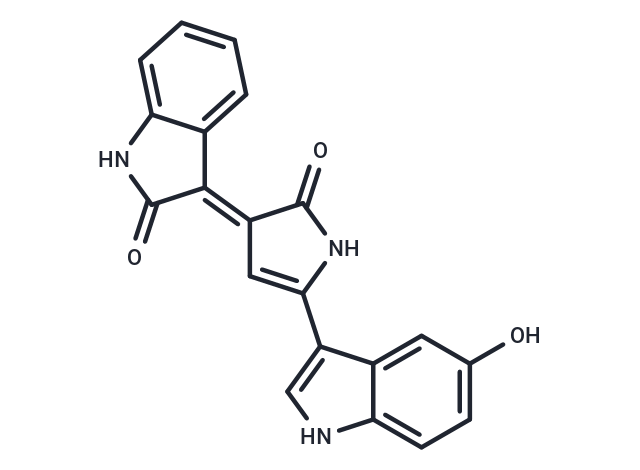
Violacein
一键复制产品信息Violacein is a bacterial metabolite originally isolated from C. violaceum that has antibacterial and antiprotozoal activities.[1] [2] It is produced by C. violaceum as a purple pigment in response to N-hexanoyl homoserine lactone , a property that has been modified to create a strain of C. violaceum used in detecting quorum-sensing molecules.[3] Violacein is active against Gram-positive bacteria, including B. subtilis and S. aureus (MICs = 0.8 and 1.6 µM, respectively). It is also active against P. falciparum, including chloroquine-susceptible and -resistant strains (IC50s = 0.85 and 0.63 µM, respectively).[2] It reduces parasitemia in a mouse model of nonlethal P. chabaudi chabaudi infection when administered at a dose of 7.5 mg/kg and increases survival in a mouse model of lethal P. chabaudi chabaudi infection. Violacein permeabilizes the cytoplasmic membrane of bacterial cells but does not affect the cell wall.[1]
| 规格 | 价格 | 库存 | 数量 |
|---|---|---|---|
| 1 mg | ¥ 8,780 | 35日内发货 |
Violacein 相关产品
产品介绍
| 产品描述 | Violacein is a bacterial metabolite originally isolated from C. violaceum that has antibacterial and antiprotozoal activities.[1] [2] It is produced by C. violaceum as a purple pigment in response to N-hexanoyl homoserine lactone , a property that has been modified to create a strain of C. violaceum used in detecting quorum-sensing molecules.[3] Violacein is active against Gram-positive bacteria, including B. subtilis and S. aureus (MICs = 0.8 and 1.6 µM, respectively). It is also active against P. falciparum, including chloroquine-susceptible and -resistant strains (IC50s = 0.85 and 0.63 µM, respectively).[2] It reduces parasitemia in a mouse model of nonlethal P. chabaudi chabaudi infection when administered at a dose of 7.5 mg/kg and increases survival in a mouse model of lethal P. chabaudi chabaudi infection. Violacein permeabilizes the cytoplasmic membrane of bacterial cells but does not affect the cell wall.[1] |
| 分子量 | 343.34 |
| 分子式 | C20H13N3O3 |
| CAS No. | 548-54-9 |
| 存储 | Powder: -20°C for 3 years | In solvent: -80°C for 1 year | Shipping with blue ice/Shipping at ambient temperature. |
| 溶解度信息 | DMSO: Soluble |











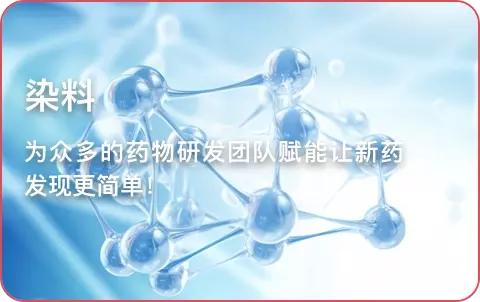




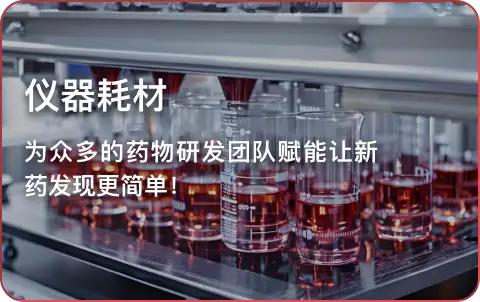
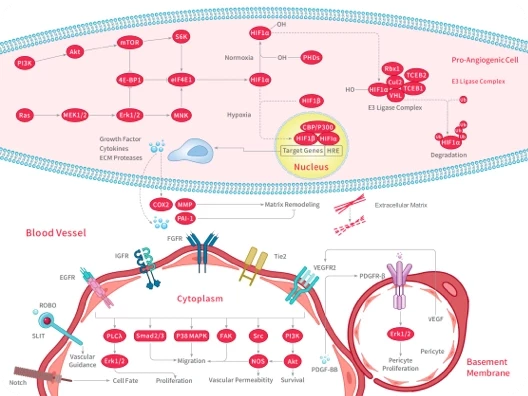

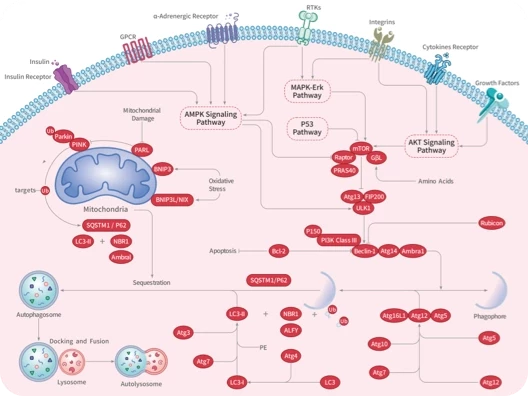

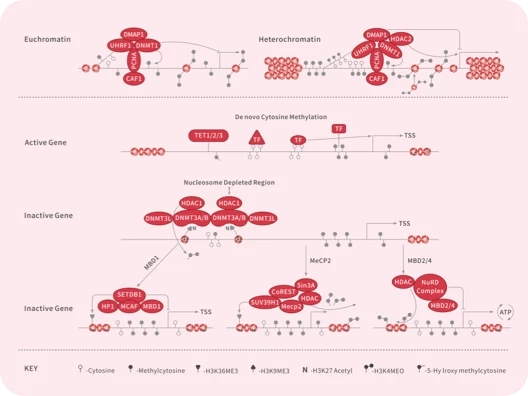
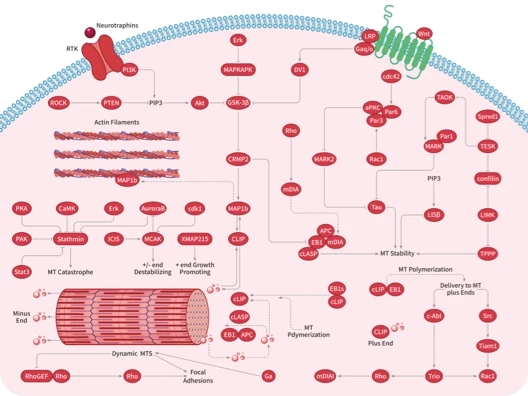
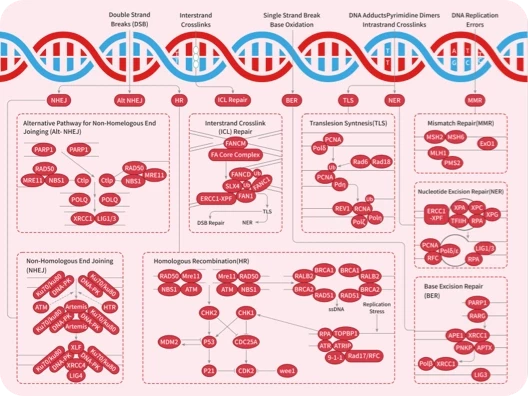
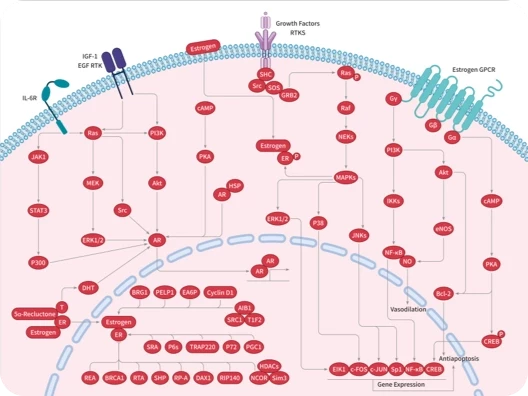
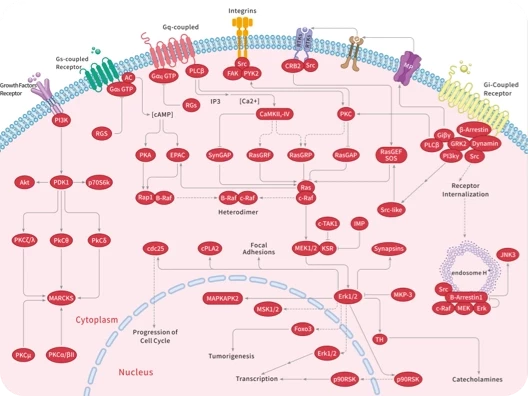
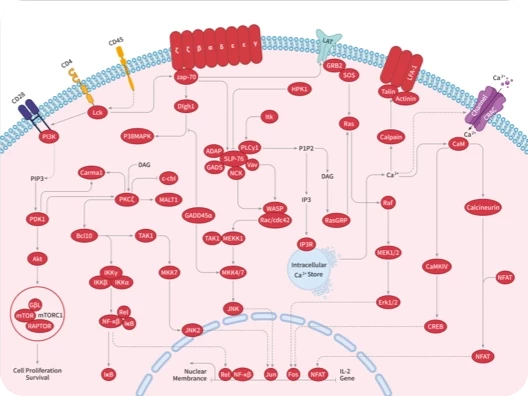
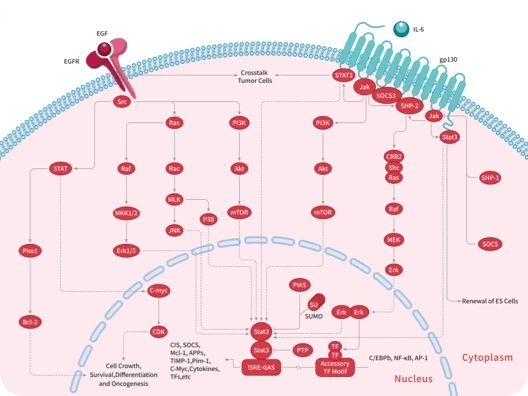
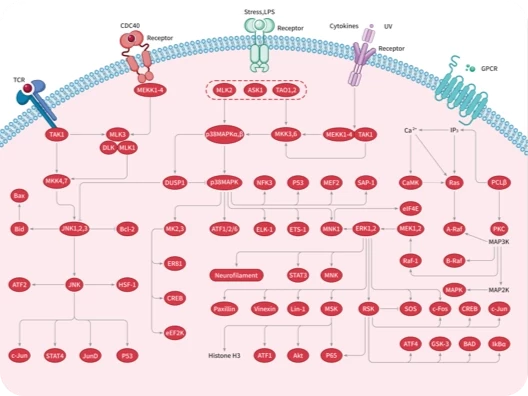
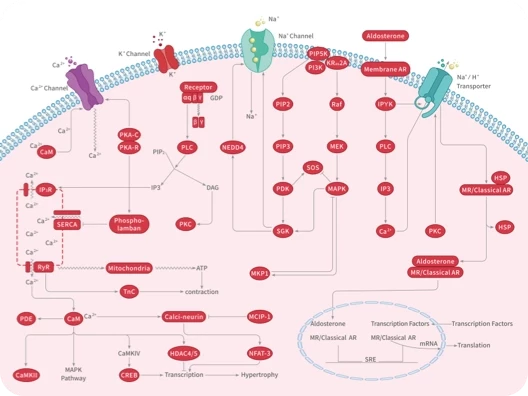
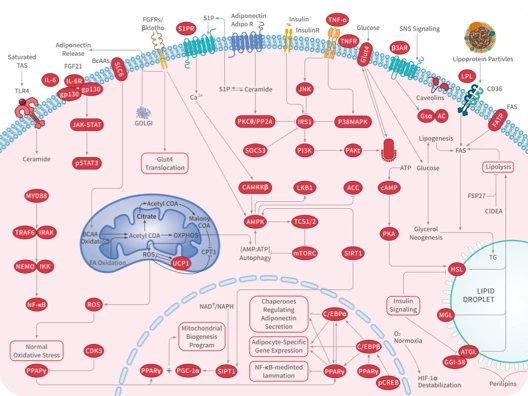


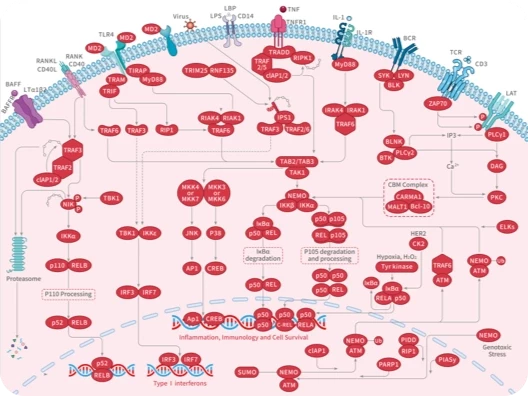
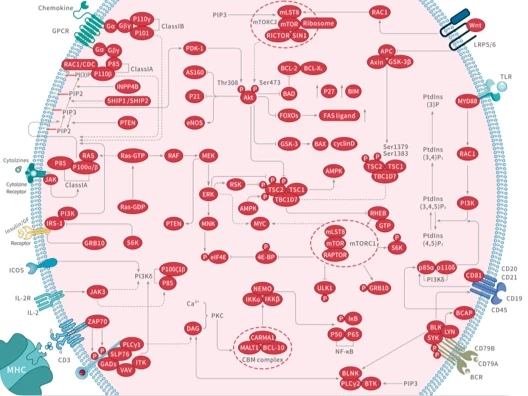
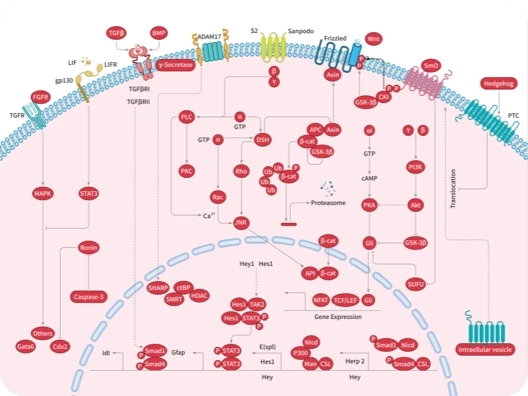
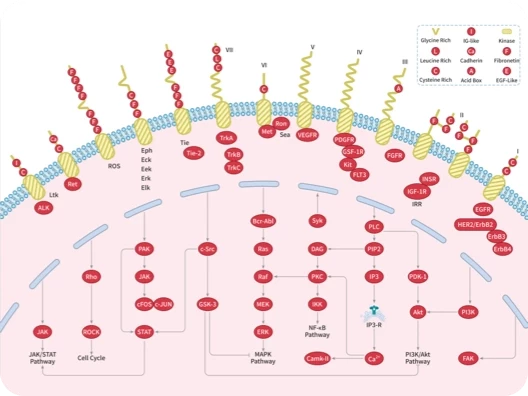
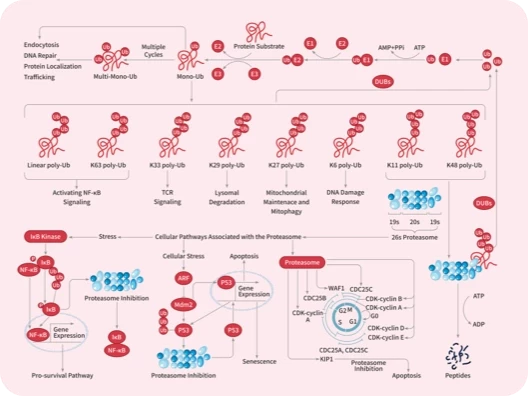


 还可以
还可以

 |
|
评论内容